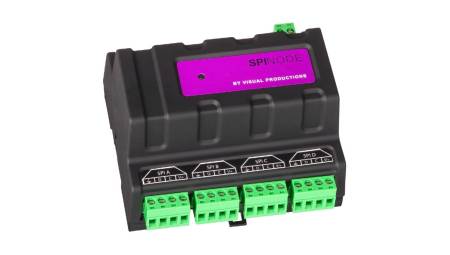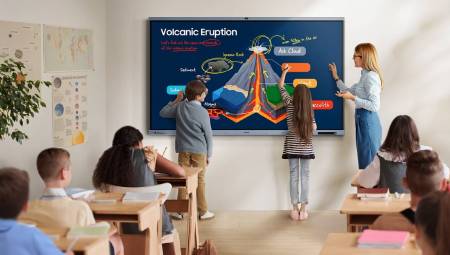Digital signage as the axis of intelligent communication in the physical world.
Jorge Sánchez*
We live in a hyperconnected reality, where people are exposed to thousands of digital stimuli daily. This saturation has created a paradox: we are more connected than ever, but it is more difficult to achieve meaningful connections with customers and employees.
In this context, physical spaces – shops, offices, waiting rooms or auditoriums – re-emerge as key scenarios for establishing a real bond. And one of the most effective channels to achieve this is digital signage.
It is no longer just a matter of "putting up screens", but of activating intelligent, contextual, bidirectional and measurable communication channels, capable of integrating with a company's marketing strategy, customer experience or organizational culture.
From digital signage to smart communication platforms
The evolution of digital signage has been exponential. From its origin as an electronic billboard, it has become a technological platform that:
- Connects to internal systems such as POS, CRM or ERP.
- Receive real-time data from sensors, cameras, or other sources.
- Adapt your content according to the environment, the audience or the moment.
- Collect metrics of attention, interaction and effectiveness of messages.
- It is managed centrally, but deployed with decentralized logic.
This paradigm shift has allowed digital signage screens to become critical points of experience for customers and employees, helping to trace their journey within the physical space with a more fluid, empathetic and personalized logic.
Three communication challenges solved by digital signage
Today, companies face complex communication challenges:
1. Channel saturation and dispersion.
2. Loss of context.
3. Emotional disconnection.
Digital signage solves these challenges by consolidating the visual message, automating its deployment and enhancing recall with relevant content.
Case Spotlight: Large-Scale Digital Signage for the Entertainment Industry
An example is the case of Cinemex, one of the largest cinema chains in Mexico. Multimedia Corporativa has designed and implemented its digital signage ecosystem, which includes:
- More than 5,000 screens.
- Hybrid technology architecture from analog systems to LED screens.
- Real-time content management.
- Integration with ticketing systems and marketing campaigns.
- The system allows you to execute business strategies nationwide and enhance the special guest experience with complete reliability and operational continuity.
- Digital signage as part of omnichannel architecture
Thinking of digital signage as part of an omnichannel architecture makes it into:
- An extension of digital channels.
- A data collector.
- An orchestrator of experiences.
These solutions impact brand perception, permanence, satisfaction, safety, and efficiency.
Conclusion
In a world that demands immediacy, personalization and emotional connection, digital signage is positioned as a key tool to bridge the gap between the digital and the physical. Its value lies in its strategic integration, adaptability and generation of measurable results.
*Jorge Sanchez is the CEO of the Mexican firm Multimedia Corporativa.
















